Boost Your Iron Levels: The Top 10 Iron-Rich Foods for Anemia Prevention

Iron is an essential mineral that plays a crucial role in many bodily functions, including the production of hemoglobin, which carries oxygen in the blood. According to the current cutoffs, 10% of children and 17% of premenopausal women in the US are thought to be iron deficient.
It is important to include iron-rich foods in your diet to maintain healthy levels of this mineral. In this video/ article, we will be discussing the top 10 foods high in iron that you should be incorporating into your diet to prevent anemia.
1. Liver:
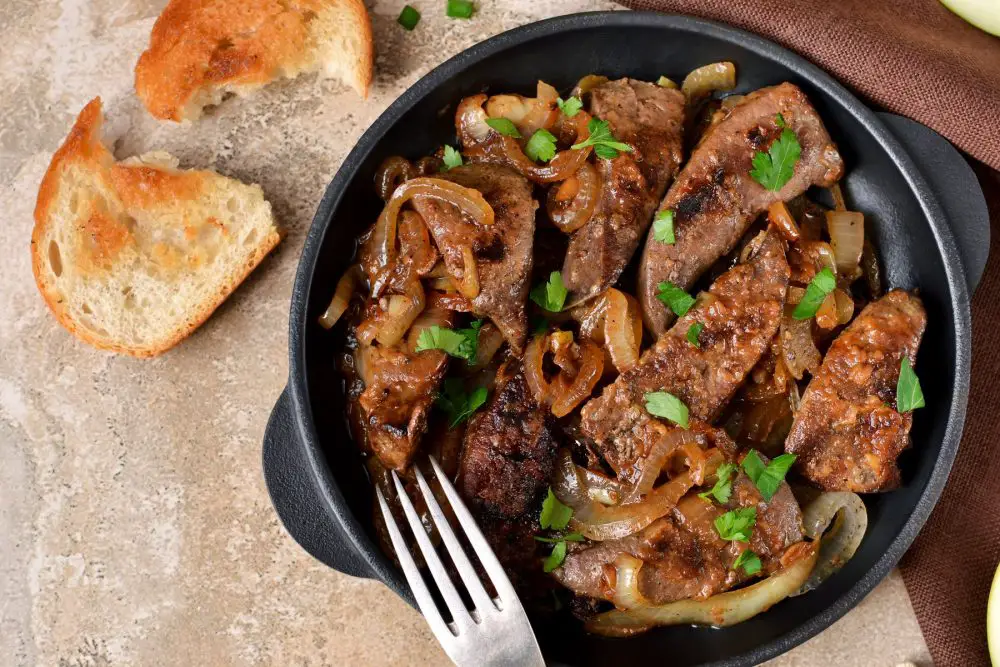
This organ meat is an excellent source of iron, providing up to 27mg per 3.5 ounces.
Not only is liver a great source of iron, but it’s also a rich source of other essential vitamins and minerals like Vitamin A, Vitamin B12 and Copper.
It’s best to consume liver in moderate amounts as it’s also high in cholesterol.
2. Oysters:
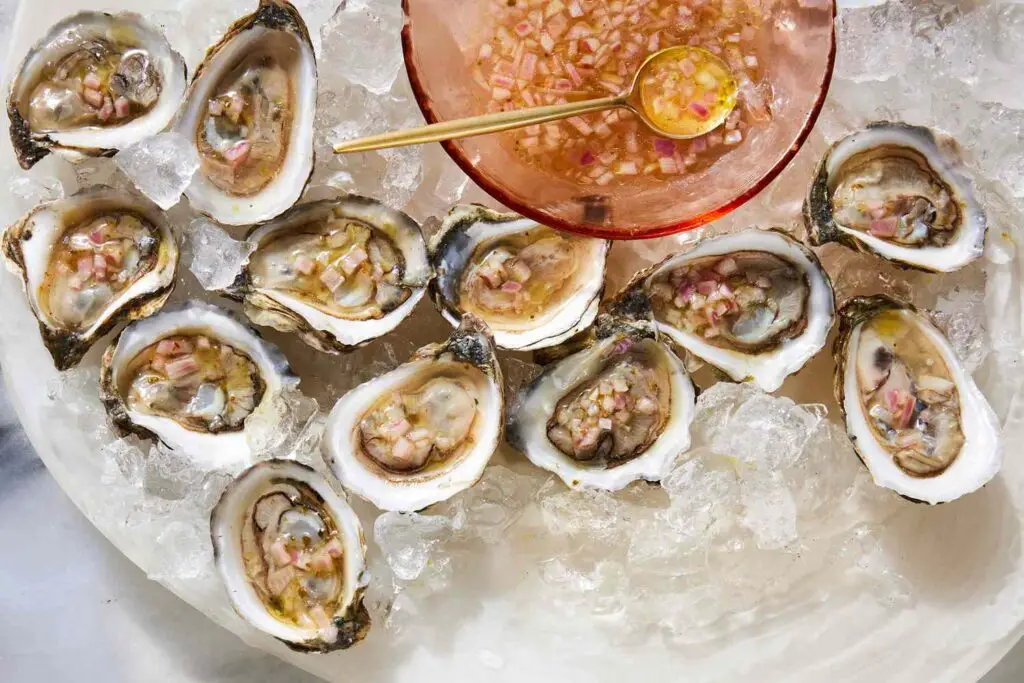
These seafood delicacies are a great source of iron, providing up to 15mg per 3.5 ounces.
Oysters are also a great source of zinc, Vitamin B12, and Vitamin D. They’re a delicacy that can be enjoyed raw or cooked, and are a great option for those looking to increase their iron intake.
3. Spinach:
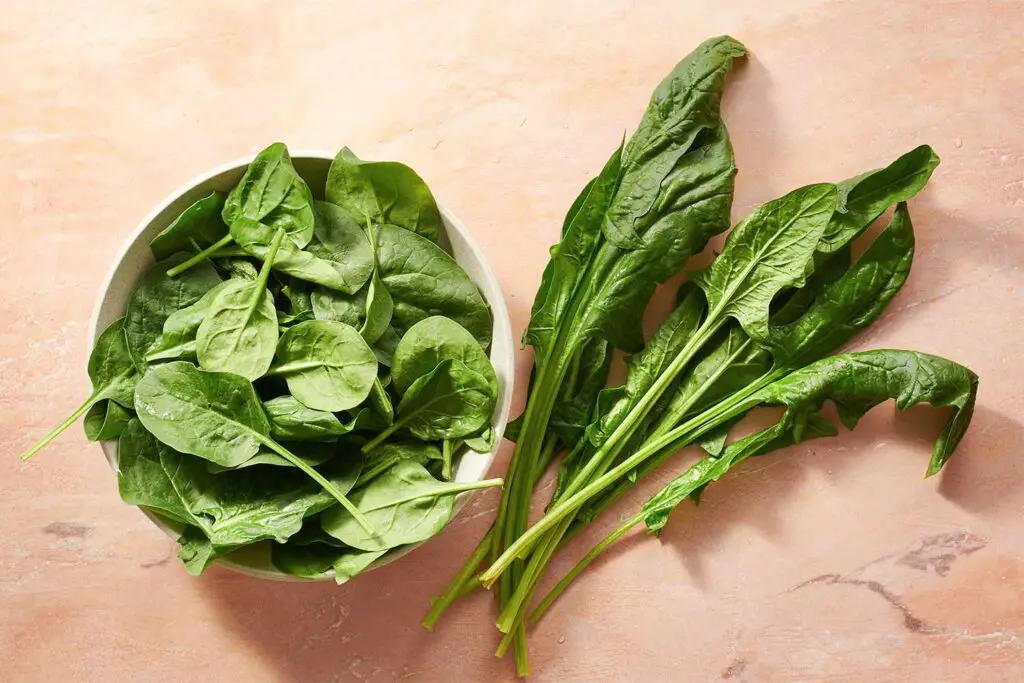
This leafy green is known for its high iron content, providing up to 6mg per cup cooked.
Spinach is also a great source of Vitamin K, Vitamin A, and Folate. It’s a versatile vegetable that can be eaten raw in salads, sautéed as a side dish, or added to smoothies for a nutrient boost.
4. Red Meat:
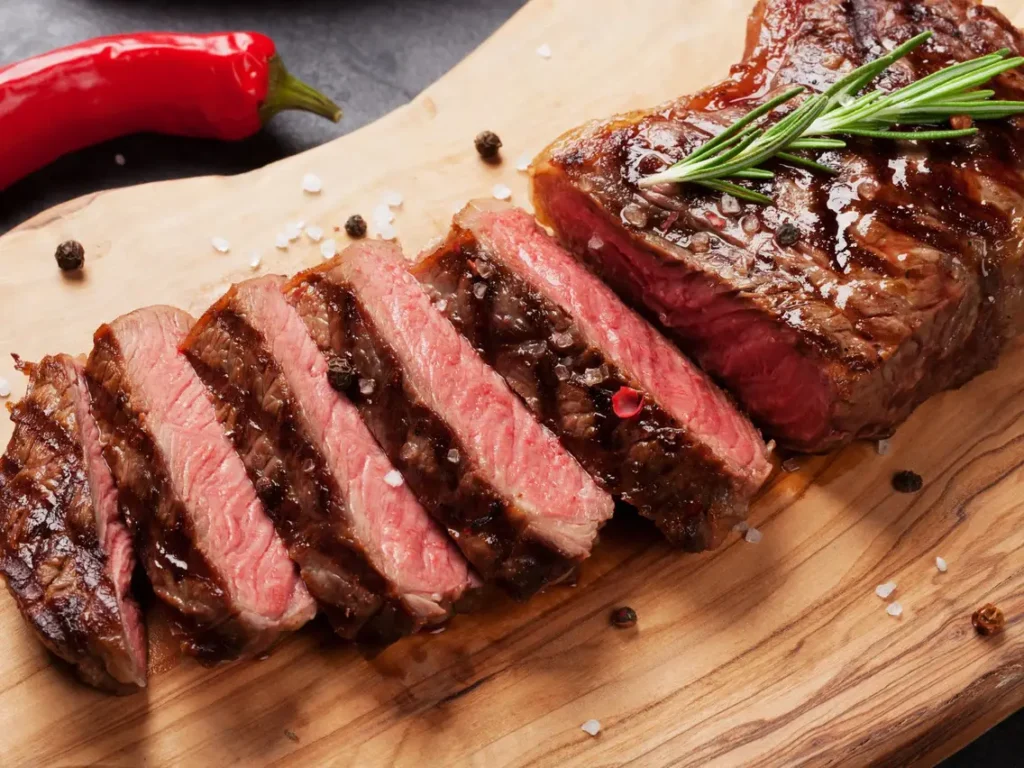
Beef, pork, and lamb are all excellent sources of iron, providing up to 3mg per 3.5 ounces.
Red meat is also a rich source of protein, B vitamins and zinc. It’s best to choose lean cuts and consume in moderate amounts due to its high saturated fat content.
5. Blackstrap Molasses:
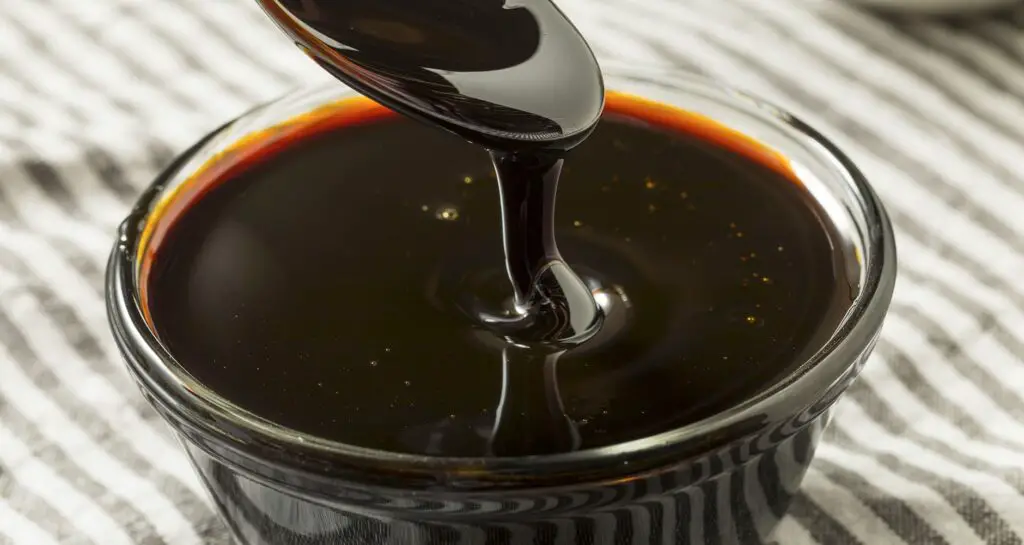
This sweetener is made from the third boiling of sugar cane and contains up to 3.5mg of iron per tablespoon.
Blackstrap molasses is also rich in other minerals such as calcium, potassium, and magnesium. It can be used as a sweetener in baking and cooking or added to smoothies for an extra nutrient boost.
6. Quinoa:
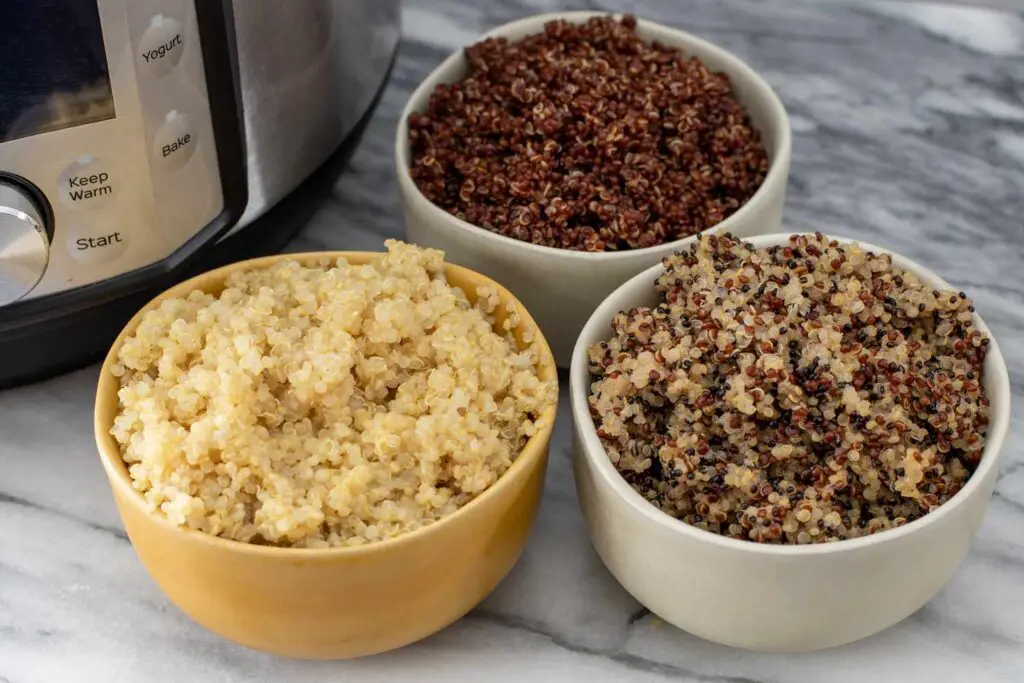
This ancient grain is a great plant-based source of iron, providing up to 2.8mg per cup cooked.
Quinoa is also a great source of protein, fiber and magnesium. It’s a versatile grain that can be used in a variety of dishes, from salads to bowls, and even as a breakfast porridge.
7. Lentils:
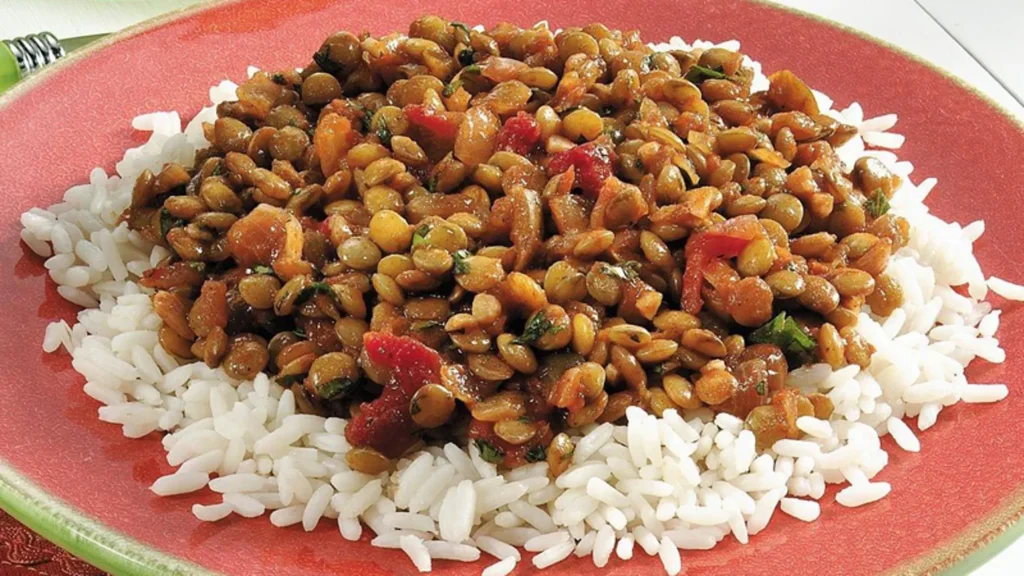
These legumes are a great source of iron, providing up to 3.3mg per cup cooked.
Lentils are also a great source of protein, fiber, and folate. They can be used in soups, stews, curries and even as a meat substitute in vegetarian dishes.
8. Pumpkin Seeds:

These seeds are a great source of iron, providing up to 2.5mg per quarter cup.
Pumpkin seeds are also a great source of magnesium, zinc and protein. They’re a great snack on their own or can be added to salads, granolas and even as a topping for soups and stews.
9. Dried Apricots:
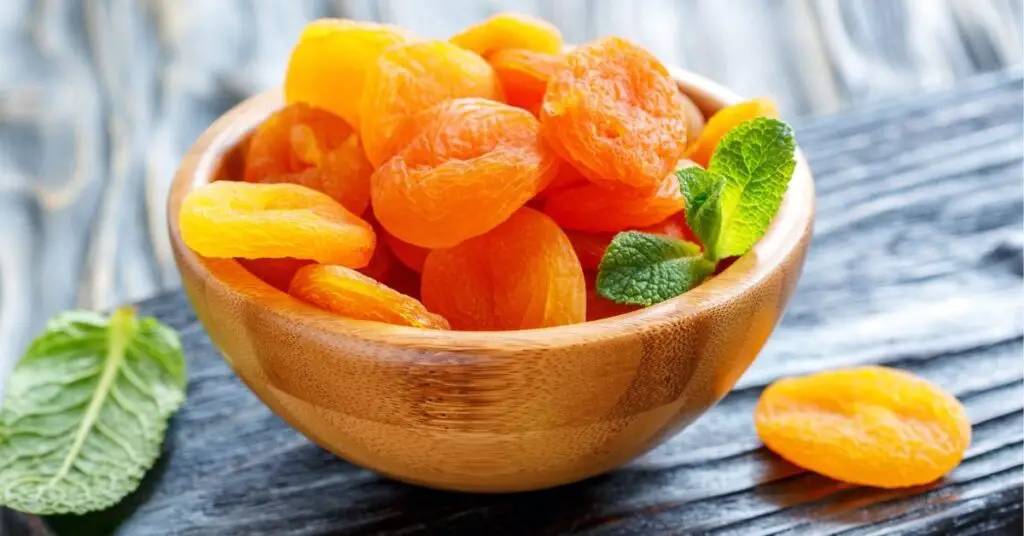
These fruits are a great source of iron, providing up to 2.5mg per cup.
Dried apricots are also a great source of Vitamin A, potassium and fiber. They make a great snack on their own or can be added to trail mix and granola.
10. Dark Chocolate:
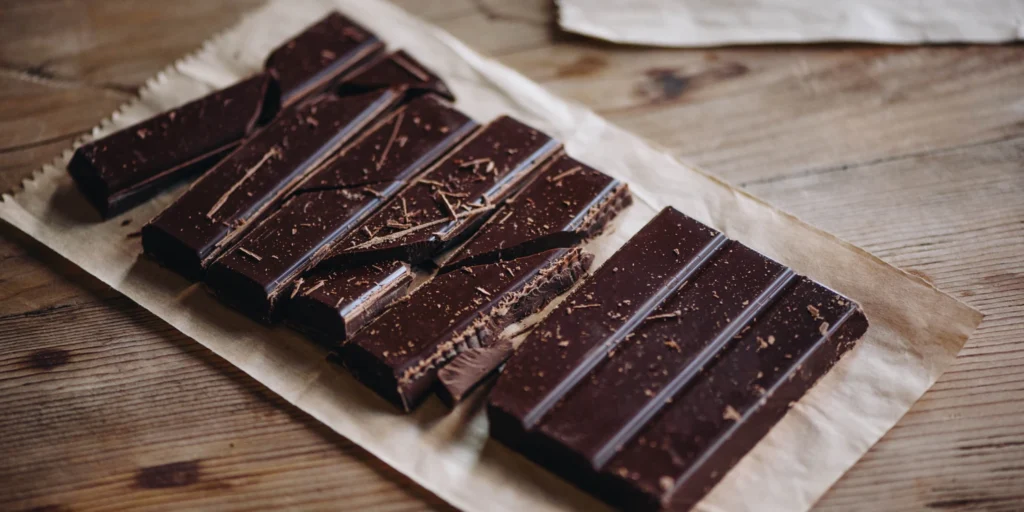
This sweet treat is a great source of iron, providing up to 3.3mg per ounce.
Dark chocolate is also a great source of antioxidants and magnesium. It’s best to choose dark chocolate with a high cocoa content, and consume in moderation as it is high in calories.
It’s important to note that plant-based sources of iron, called non-heme iron, are not as well absorbed as animal-based sources, called heme iron. However, consuming vitamin C-rich foods along with non-heme iron sources may enhance iron absorption.
Also, if you suspect you have low iron levels or have been diagnosed with anemia, it’s important to speak with a healthcare professional, who may recommend supplements or dietary changes to help increase your iron intake.




